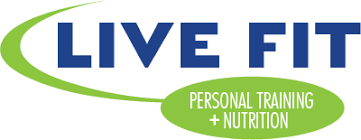The Truth About Whole Grains, Processed Foods & Added Sugar!
Whole Foods VS. Processed Food
Whole foods are minimally processed before being consumed. The food is in its natural state, with all its vitamins and nutrients. The health benefits are numerous when selecting whole grains, meats, fruits, vegetables, and non-homogenized dairy products
Disadvantages of Processed Foods:
During processing, healthy nutrients, vitamins and minerals are removed
Processed foods contain more additives and preservatives
Processed foods are often high in sodium or sugar
Processed foods may contain hidden allergens
High-calorie, low-fiber processed foods contribute to overeating and weight gain because you don’t feel full as quickly as with high-fiber whole foods
Gram for gram, processed foods cost more
How to Tell if a food is 100% Whole Grain
Choose foods that are naturally whole grains Some foods are always whole grains, like oatmeal, brown rice, wild rice and popcorn.
Check the information on the package Buy bread, cereal, tortillas, and pasta with “100% Whole Grain” or “100% Whole Wheat” on the package.
Check the ingredient list: Take a few seconds to see if the food is made from whole grains. Look for the word “whole” before the first ingredient. Some examples of whole-grain ingredients include:
Brown Rice
Buckwheat
Bulgur
Graham Flour
Oatmeal
Quinoa
Rolled Oats
Whole-Grain
Barley
Whole-Grain Corn
Whole Oats Whole
The Problem With Added Sugars
Sugar provides calories but no additional nutritional value. So, a little bit of sugar might be OK, but a lot of sugar leads to weight gain.
Finding Added Sugars:
Since there are several forms and types of sugars, it helps to know what you're looking for. Grab your packaged food and look for the ingredients list. If you see any of these, you've got added sugars:
Brown Sugar
High Fructose Corn Syrup
Corn Sugar
Syrup
Corn Syrup
Fructose
Glucose
Sucrose
Raw Sugar
Turbinado Sugar
Hone
Sugar


